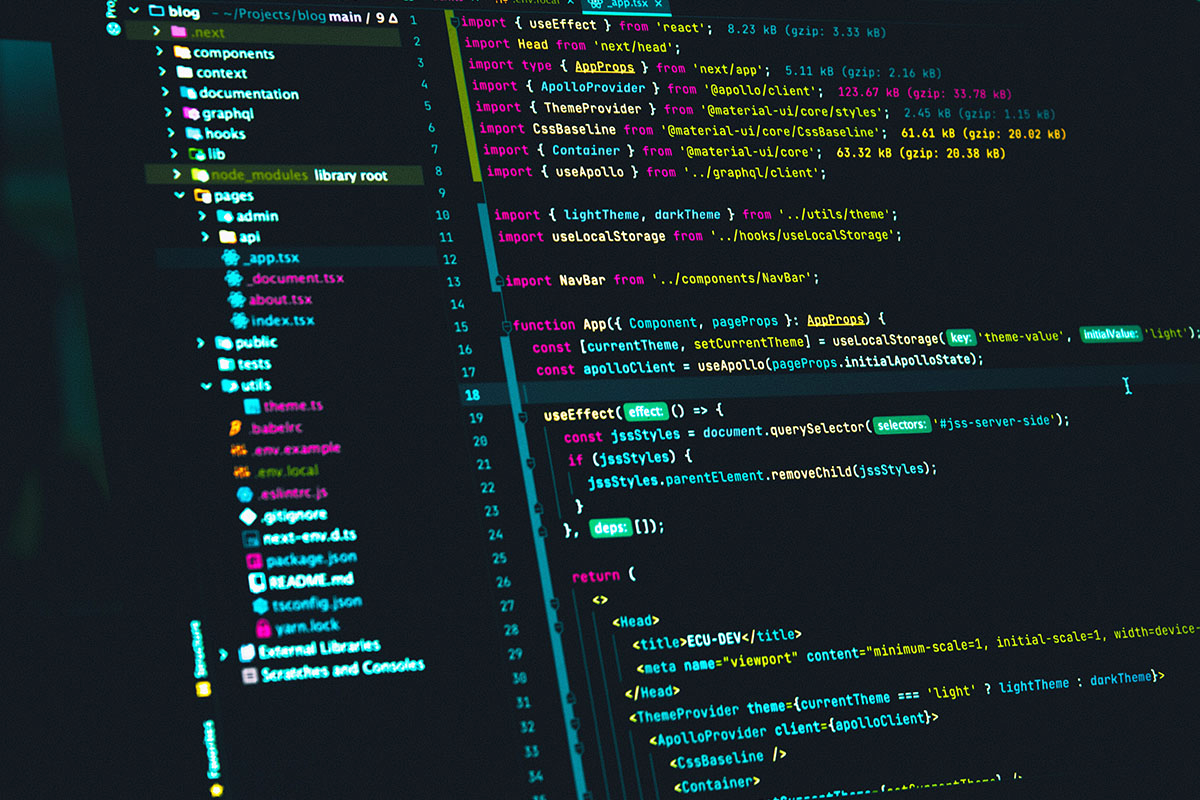Mastering Machine Learning With Python Pdf
Mastering Machine Learning With Python Pdf: Machine Learning (ML) is changing every industry and how companies work in a big way. Python has become the computer language of choice for machine learning experts because it is easy to use and has a lot of library support.
Mastering Machine Learning With Python Pdf
If you want to get good at machine learning with Python, this complete guide will give you all the steps, tools, and information you need to do well. This article is meant to give you a full plan for how to learn machine learning with Python. It also includes a PDF guide that you can download for future use.
What is Machine Learning?
Machine Learning is a branch of artificial intelligence that lets computers learn from data without being told what to do. It uses algorithms to look for patterns in data and decide what to do based on those patterns. It can be broken down into three main types:
Supervised Learning: Using named data to teach the model.
Unsupervised Learning: Working with data that doesn’t have any names is called unsupervised learning.
Reinforcement Learning: To reach a certain goal, reinforcement learning means learning by making mistakes and then trying again.
Why Choose Python for Machine Learning?
For a number of reasons, Python has become the language of choice for machine learning:
Ease of Learning: Python’s syntax is simple and easy to understand, so even newbies can use it.
Extensive Libraries: Python has many libraries, such as NumPy, pandas, Scikit-Learn, TensorFlow, and Keras, that can be used to work with data, model it, and apply it.
Support from the group: Python has a large group of developers who work on its libraries, frameworks, and tools, making sure that they are always being updated and supported.
Integration: Python works well with many other computer languages and technologies, which is important for using machine learning in real life.
Getting Started with Machine Learning in Python
To get good at Python machine learning, do these things:
1. Learn Python Fundamentals
Make sure you know a lot about Python before you start learning about machine learning. Pay attention to these things:
- Simple grammar and data types (lists, dictionaries, and tuples)
- Flow control (loops, if statements)
- Parts and functions
- Ideas behind object-oriented programming (OOP)
2. Understand the Basics of Machine Learning
Start by learning about the basic ideas behind machine learning, such as
- Different kinds of machine learning (reinforcement, supervised, and unstructured)
- Basic words and phrases (labels, features, training set, test set)
- Metrics for evaluation (F1 score, accuracy, precision, and memory)
- Techniques for preparing data (normalization, scaling, encoding)
3. Set Up Your Python Environment
Put together your machine learning setup by installing the following tools and libraries:
- Anaconda Distribution is a well-known Python distribution for data science that comes with important tools like Jupyter Notebook, NumPy, and pandas.
- Jupyter Notebook is a free software that lets you make and share papers with live code, equations, visualizations, and text that tells a story.
- IDE, or Integrated Development Environment,: For a more organized place to work, pick an IDE like PyCharm or VSCode.
4. Explore Python Libraries for Machine Learning
Learn about the most well-known Python tools for machine learning:
- NumPy and pandas: To work with and analyze data.
- For showing data, Matplotlib and Seaborn are useful.
- Scikit-Learn is a library that has easy-to-use tools for data gathering and analysis.
- You can use TensorFlow and Keras to create and train deep learning models.
5. Learn Data Preprocessing and Cleaning Techniques
Preprocessing data is an important part of machine learning because it gets raw data ready for training models. Pay attention to these steps of preprocessing:
- Taking care of missing numbers
- Putting categorical values into code
- Scaling of features (normalization, standardization)
- Making training and test sets out of the data
6. Implement Machine Learning Algorithms
Start using Python to build well-known machine learning algorithms:
- Linear regression is used to guess numbers that don’t change.
- Logistic regression is used to solve problems with two or more options.
- For making hard choices, decision trees and random forests are useful.
- Support Vector Machines (SVM): To sort things into groups.
- k-Nearest Neighbors (k-NN): For learning from examples.
- k-Means Clustering: grouping data that isn’t named.
- Neural networks are used for deep learning and more difficult jobs.
7. Evaluate and Fine-Tune Your Models
Check how well your models work by using different criteria, such as
- The confusion matrix is used to test classification methods.
- ROC-AUC Curve: To judge how well a model works.
- Cross-Validation: To check how reliable the model is.
- Make your models better by using methods such as
Fine-tune your models using techniques like:
- Tuning the hyperparameters: Grid Search or Random Search.
- To stop overfitting, regularization is used.
- Ensemble Methods: Putting together several models to get better results.
8. Deploy Machine Learning Models
Find out how to put your models into production settings. You may:
- You can use Flask or Django to make web apps.
- Docker: For making containers.
- For growing your models, you can use AWS, Google Cloud, or Azure.
- Get the Full Guide Here: How to Get Good at Machine Learning with Python
- A full PDF guide has been made to help you learn how to use Python for machine learning.
- This guide shows you how to use machine learning algorithms in Python with step-by-step guidance, real-life examples, and the best ways to do things.
Download the Complete Guide: Mastering Machine Learning with Python (PDF)
A full PDF guide has been made to help you learn how to use Python for machine learning. This guide shows you how to use machine learning algorithms in Python with step-by-step guidance, real-life examples, and the best ways to do things.
Download Mastering Machine Learning with Python PDF
Conclusion
Step-by-step instructions are needed to master machine learning with Python. You need to know a lot about both Python and how machine learning works. You can become good at this field and use what you’ve learned to solve problems in the real world if you have the right method, tools, and resources.


